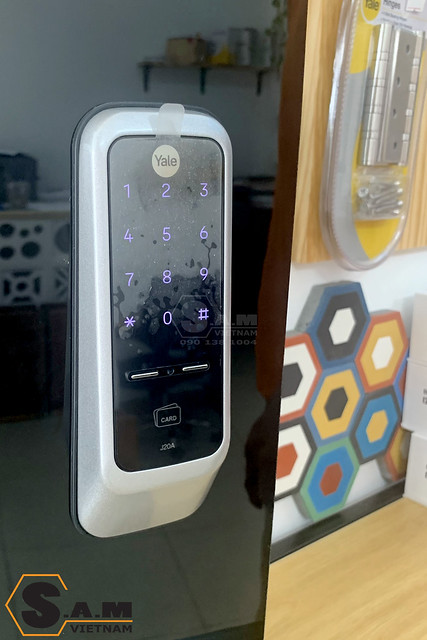
Using PoE in CCTV Camera Systems
Power-over-Ethernet (PoE) offers numerous benefits that can improve the installation, upkeep, and overall performance of your security camera system. To maximize the impact of your PoE surveillance solution, you need to determine the best cameras for your needs and the best way to power them.
Choose a PoE switch or injector that supports the number of ports and power budget you require for your IP camera system. Also, consider backup power options for uninterrupted operation.
Power over Ethernet (PoE)
Unlike traditional security cameras that require two cables for power and network connectivity, PoE IP camera systems simplify installation by transmitting both power and data over the same copper Ethernet cable. These systems are ideal for small businesses or residential use, and they offer a number of benefits including centralized power management, increased reliability and longevity, streamlined installation, and enhanced surveillance capabilities.
The basic components of a PoE CCTV system include an NVR, a network switch, and a series of ethernet cables. Typically, these devices are connected to your home router using a CAT5 or higher-category ethernet cable. Then, a PoE injector or switch provides power to your network-enabled security camera(s). Lastly, an NVR serves as the brain of the security camera system, processing and storing footage and sending it to cloud storage for easy access and management.
When purchasing a PoE security system, look for one that offers crisp video quality. Also, choose a system that offers the ability to expand its reach by connecting additional cameras to the same switch or injector, without the need for new power supplies. In addition, consider opting for a managed switch that features more ports for future expansions and is capable of handling heavy-duty environments. This will allow you to install the camera system with confidence that it will continue to operate and function well even when conditions are harsh or challenging.
Power over Coax (PoC)
Power over Coax is a power transmission system that uses coaxial cable to send both data and electrical power between front-end cameras and back-end video recorders (DVRs). It eliminates the need for separate cables for power and data, which can significantly reduce installation time. It also allows you to use existing analogue cables, saving you money.
It works by using a power block to boost the deserializer voltage to 9V, which is then transmitted to the serializer via the coaxial cable. The power is then poe in cctv camera regulated to the operating voltages of the serializer and image sensor. This ensures that the voltage drop over the coaxial cable will not adversely affect signal-integrity.
Gossips were circulating recently that Hikvision’s new range of TVI cameras will include power over coax technology. This means that you could power the camera with one twist-fit BNC connector along with the video output. It would remove the need for additional cables and power supplies, making the entire setup a lot more efficient and cost effective.
Another alternative to PoE is Power over HDBaseT, which transmits simultaneous data and power signals over a single Cat cable. This non-standardized technology can be used to power devices like CCTV cameras, wireless access points, or IP speakers/phones and offers a higher voltage range than PoE. This makes it useful for upgrading or replacing older analogue systems.
Power over Fiber Optic (PoF)
A power over fiber (PoF) system transmits both electric power and data over an optical fiber, eliminating the need for separate wires. In this way, it overcomes the limitations of copper cabling systems for remote power delivery. In security applications, it extends the distance between a central switch and powered devices like PoE IP cameras. This technology also reduces installation and maintenance costs by eliminating the need for midspan power injectors along the cable.
The current version of the system uses a plastic optical fiber for communications, and it includes a laser diode and miniaturized photovoltaic-type cell for power delivery. Its backshell encapsulates circular stacked circuit boards and LEDs for communications, as well as a thermally conductive material to Bokysee security camera supplier keep the cell cool during high demand for power. The team is working to develop smaller microcontrollers and packaging layouts, as well as to use only glass optical fibers for power delivery, to make the system even more compact.
A Gigabit PoE media converter converts the electrical data into light signals that are transmitted over the fiber. A PoE power supply then converts the light signals into electrical DC power that can be delivered to the camera. The PoE media converters work with either single-mode or multi-mode fiber, and they can be used in point-to-point or network star topologies.
Power over Wireless
When it comes to powering security cameras, there are a number of options available. Some are wireless, while others require a hardwired connection. The most common method is using Power over Ethernet (PoE). PoE provides both data and power through a single cable, eliminating the need for separate wires. Moreover, it is easy to install and maintain.
Wired PoE IP cameras connect to a network router via Ethernet cables and transmit security footage over the internet. They are an excellent option for large-scale surveillance installations. These cameras can be accessed remotely using a smartphone, tablet, or computer. They also support a wide variety of features, including smart detection, two-way audio, night vision, and more. Some wireless models use WiFi technology to communicate with the router, but this doesn’t make them completely wireless.
Despite their many benefits, wireless PoE security cameras have some disadvantages. For example, they may not be as reliable as their wired counterparts. Additionally, they require a higher network bandwidth to operate properly. However, this is an acceptable trade-off for most security applications.
If you’re looking for a wireless security camera that offers high-definition video and remote access, look no further than the Reolink R2024. This camera uses Power over Ethernet (PoE) to consolidate power and data transmission through one cable, making it easier to set up and maintain. It’s also designed with an internal computer that supports advanced video analytics and other features, such as Smart Detection and two-way audio.


